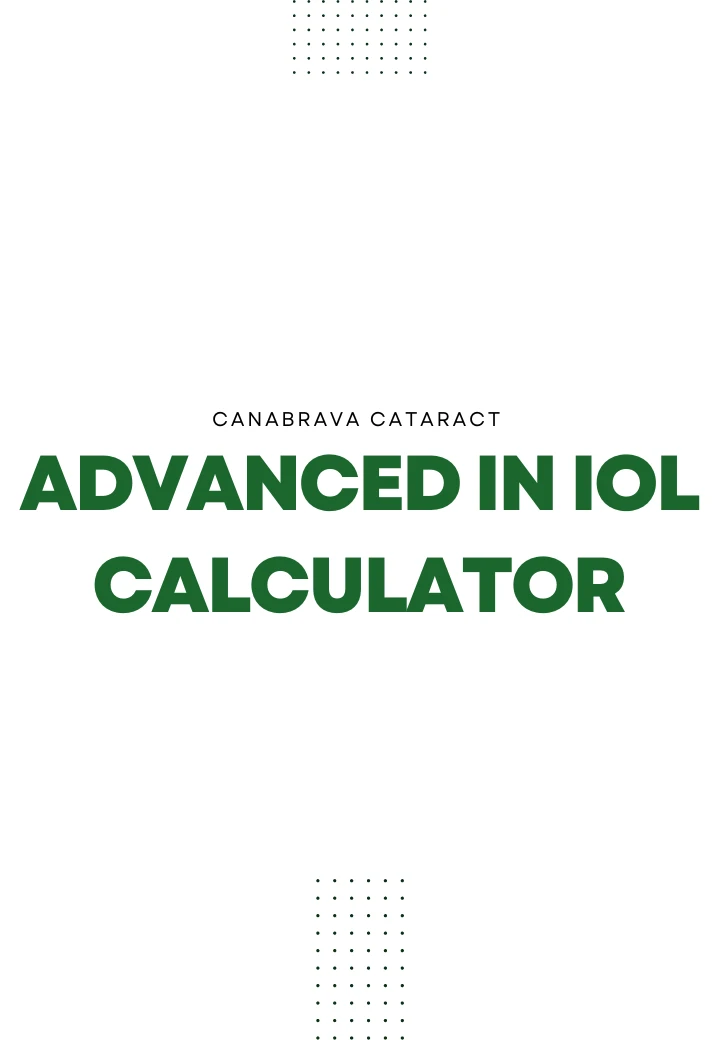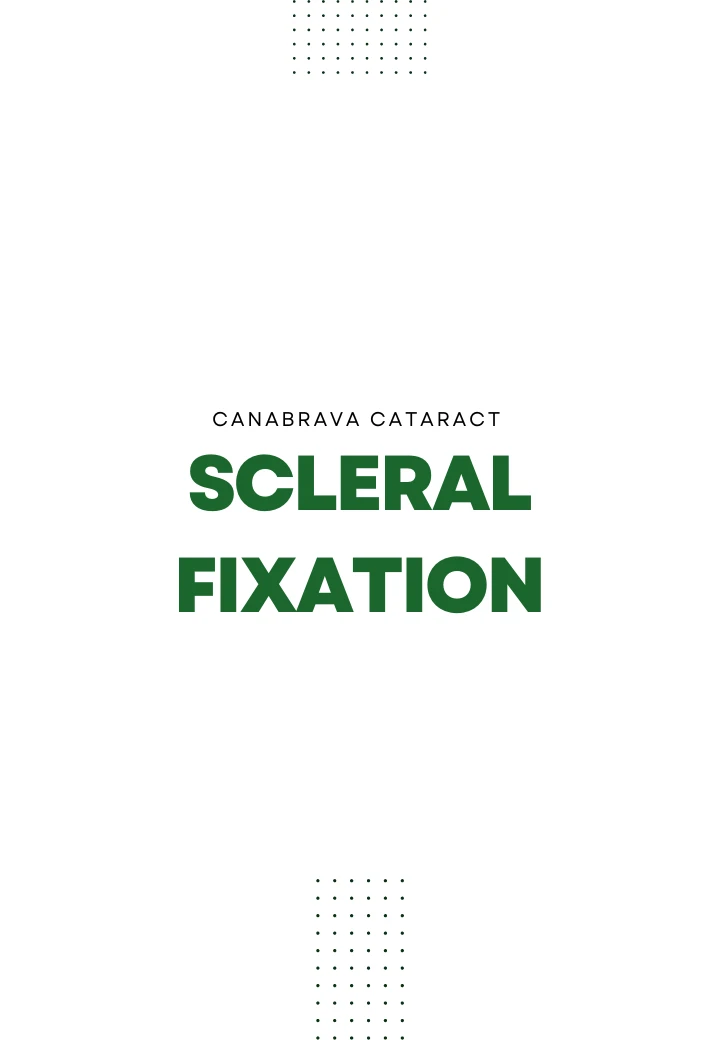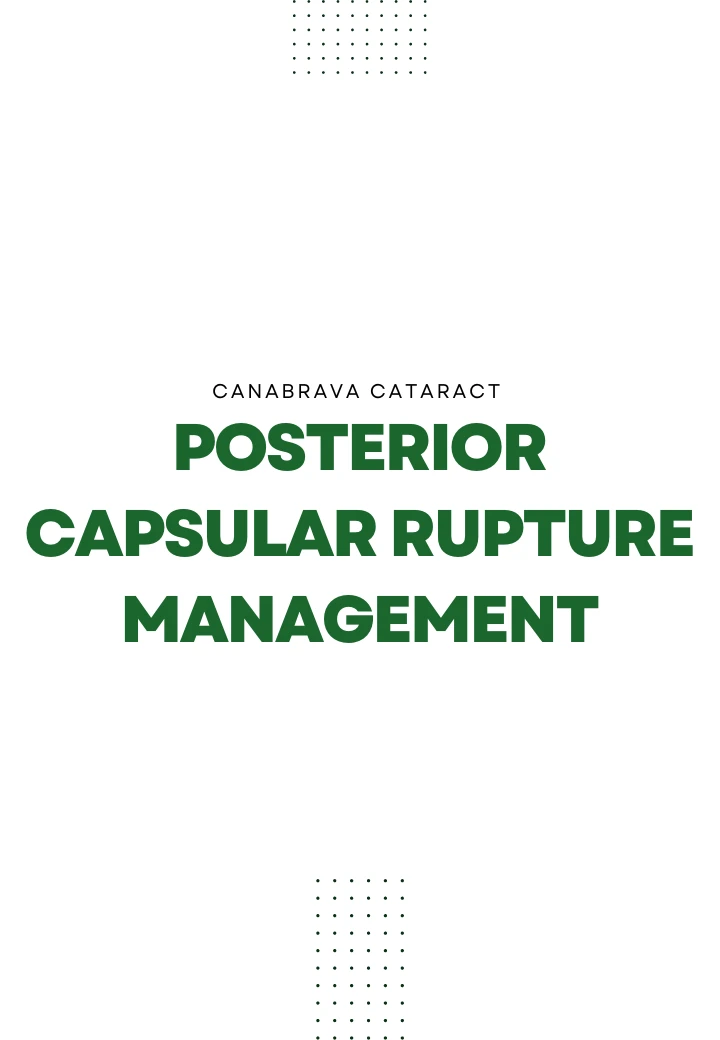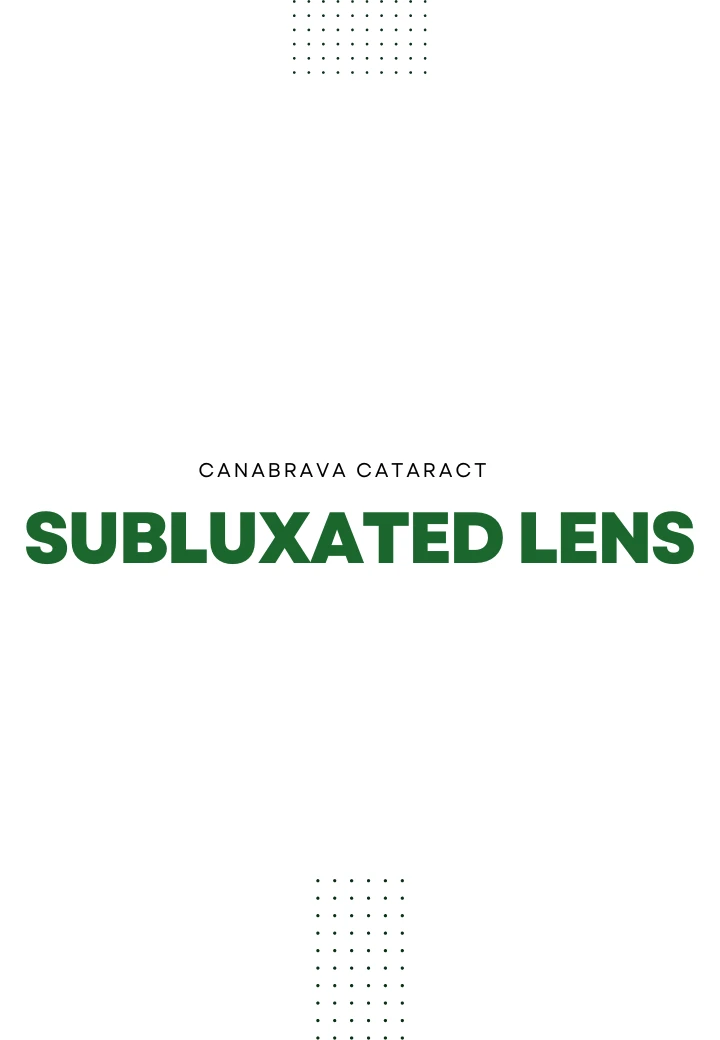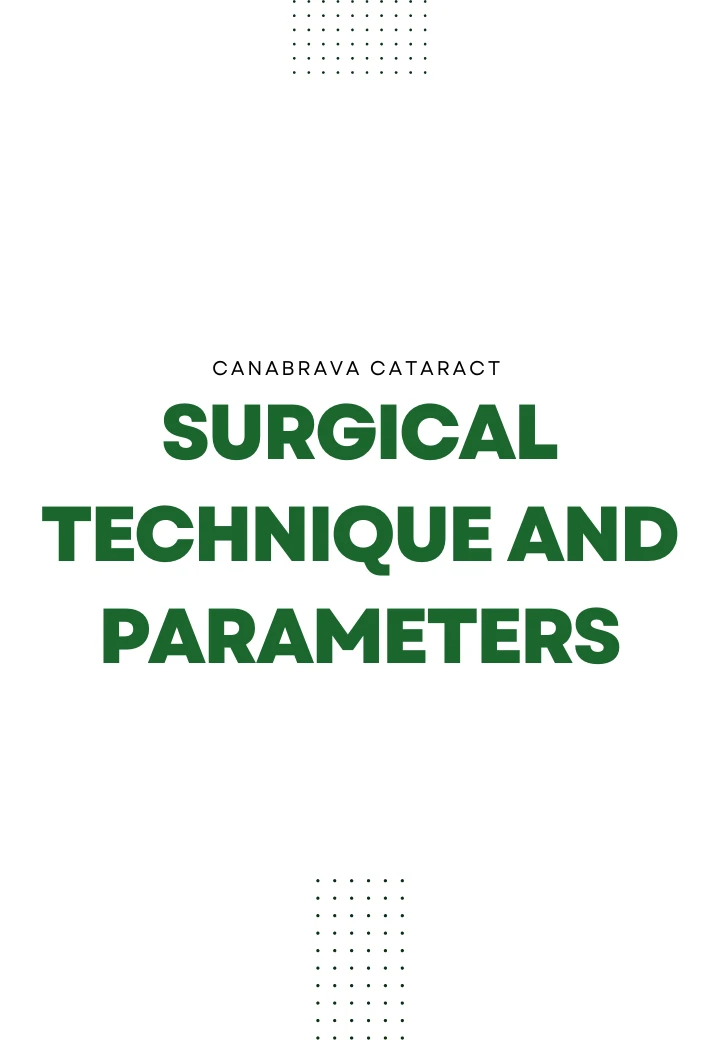Dr. Matteo Ripa IOL- Fellow in Sankara Eye Hospital Jaipur, Rajasthan, India
Dear Members of Dr. CANABRAVA’s International Virtual FELLOWSHIP Program 2024,
In this article, we will explore the topic of our last fellowship talk, held on July 15, 2024, regarding the PINHOLE IMPLANT FOR MANAGEMENT OF IRREGULAR ASTIGMATISM using the Xtrafocus Pinhole Implant (Morcher).
Irregular cornea astigmatism (ICA) continues to pose a significant challenge for ophthalmologists routinely performing cataract surgery. Indeed, the irregular cornea causes higher-order aberrations that greatly affect the patients’ visual function. 1 Despite the ongoing efforts and various treatments for ICA, such as intrastromal ring segment implantation, topography-guided excimer ablation, customized crosslinking, and corneal transplants 2, there is still much to explore in this field.
In July 2016, the Xtrafocus pinhole intraocular implant (Morcher GmbH) received a Conformitè Europèenne and is currently used as an implant to minimize the impact of higher-order aberrations caused by the irregular corneas. 3
The Implant has an open-loop design, an overall diameter of 14.0 mm, a 6.0 mm occlusive portion with a 1.3 mm central opening, an optic-haptic angulation of 14 degrees, and a thinner occlusive portion. The haptic is thin, rounded, and polished to protect the uveal tissue. Specifically, the 14-degree angulation helps reduce eye chafing and pigment dispersion. The device’s 6.0 mm occlusive component is concave-convex, preventing contact with the primary IOL in the capsular bag and the consequent flattening of the optic that might determine a hyperopic shift. In addition, the device is made of foldable hydrophobic acrylic and may be implanted via a 2.2 mm corneal incision. Despite the pinhole implant’s overall design resembling an IOL, it has no refractive power and can be implanted in the sulcus or in the bag in the “piggyback” configuration.
The Xtrafocus pinhole effect is based on the stenopeic principle, which allows small central rays to enter the eye and eliminates diverging rays. Thus, the circle of blur on the retina is reduced, and the depth of focus is extended. In addition, since paraxial rays are less susceptible to optical aberrations, the result is better image resolution. 4
Despite several advantages, the implant hinders the fundus examination after the implantation, which is dependent on accessory lenses with small-pupil capabilities. Therefore, it is mandatory to perform a thorough posterior segment examination, including binocular indirect ophthalmoscopy with scleral indentation, before the device is implanted. However, the black material of the device has a unique feature that facilitates a distinct imaging method for examination of the retina. Indeed, light spectroscopy shows a sudden increase in light transmittance through the device’s material in the near-infrared (IR) spectrum, as shown in the image below.

Therefore, IR examination of the posterior segment is feasible with IR-based imaging equipment such as optical coherent tomography and scanning laser ophthalmoscope. In addition, the anterior segment structures behind the device’s darker portion are also easily observed under IR imaging. Nonetheless, the device must be explanted if any vitreoretinal treatment is needed after implantation. 5
According to Trinidade et al.’s prospective study, analyzing the 1-day, 1 2 weeks, and 1-, 3-, and 6-month visual acuity, the intraoperative and postoperative adverse events and complications, the centration of the pinhole device, the ability to perform posterior segment examination after implantation, the insertion of the pinhole device in the ciliary sulcus can improve all the fore-above mentioned outcome parameters, with statistical significance remaining stable for at least one year after surgery. In addition, due to the piggyback implant approach, the implantation is reversible, and the device can be easily explanted if needed. However, as reported by Trinidade et al., it is crucial to exercise caution because sulcus-haptic contact can result in the creation of uveal bridges, and in the event of an explanation, high traction of such adherent areas could induce bleeding. 2
In conclusion, despite the need for prospective studies with higher sample sizes and longer follow-ups, the Xtrafocus pinhole device may be considered a valid alternative for treating challenging cases of ICA.
References:
- Lains I, Rosa AM, Guerra M, et al. Irregular astigmatism after corneal transplantation efficacy and safety of topography-guided treatment. Cornea 2016; 35:30–36
- Gao Y, Ye Z, Chen W, et al. Management of Cataract in Patients with Irregular Astigmatism with Regular Central Component by Phacoemulsification Combined with Toric Intraocular Lens Implantation. J Ophthalmol. 2020; 2020:3520856.
- Trindade CC, Trindade BC, Trindade FC, et al. New pinhole sulcus implant for the correction of irregular corneal astigmatism. J Cataract Refract Surg. 2017;43(10):1297-1306.
- Son HS, Khoramnia R, Mayer C, et al. A pinhole implant to correct postoperative residual refractive error in an RK cataract patient. Am J Ophthalmol Case Rep. 2020 Aug;20:100890.
- Trindade BLC, Trindade FC, Trindade CLC. Intraocular pinhole implantation for irregular astigmatism after planned and unplanned posterior capsule opening during cataract surgery. J Cataract Refract Surg. 2019;45(3):372-377.


